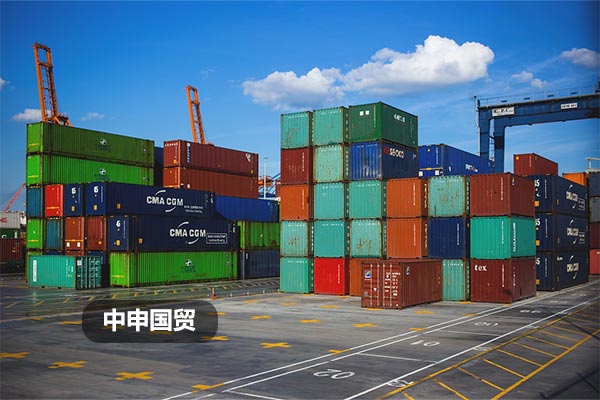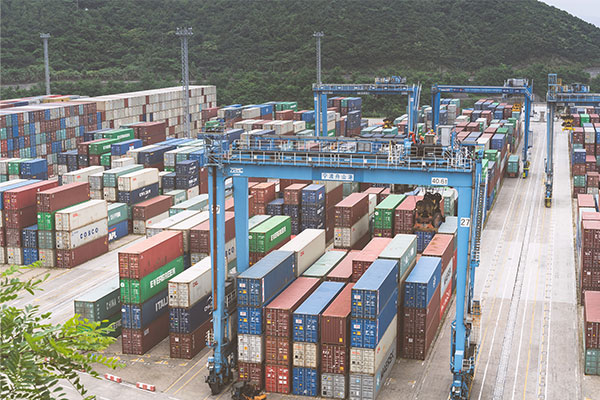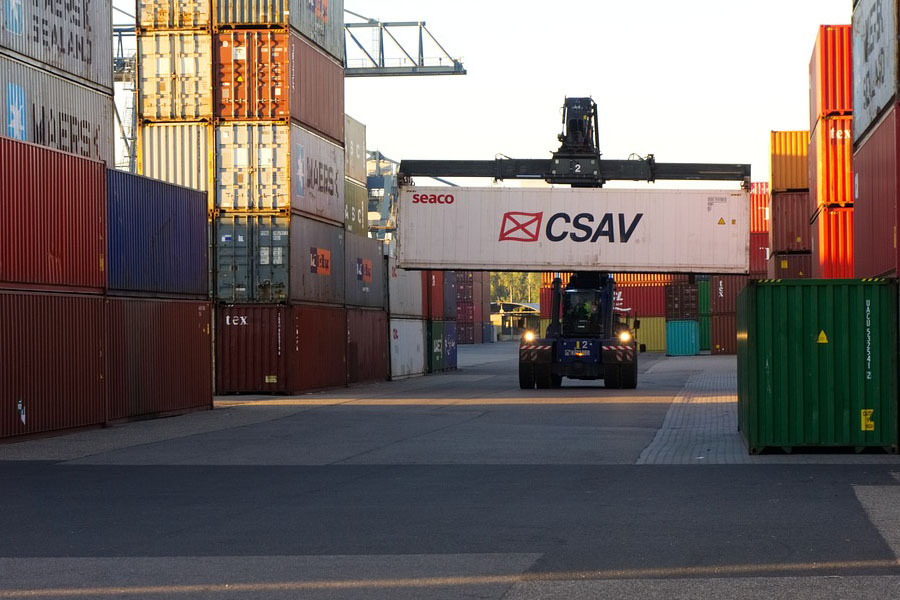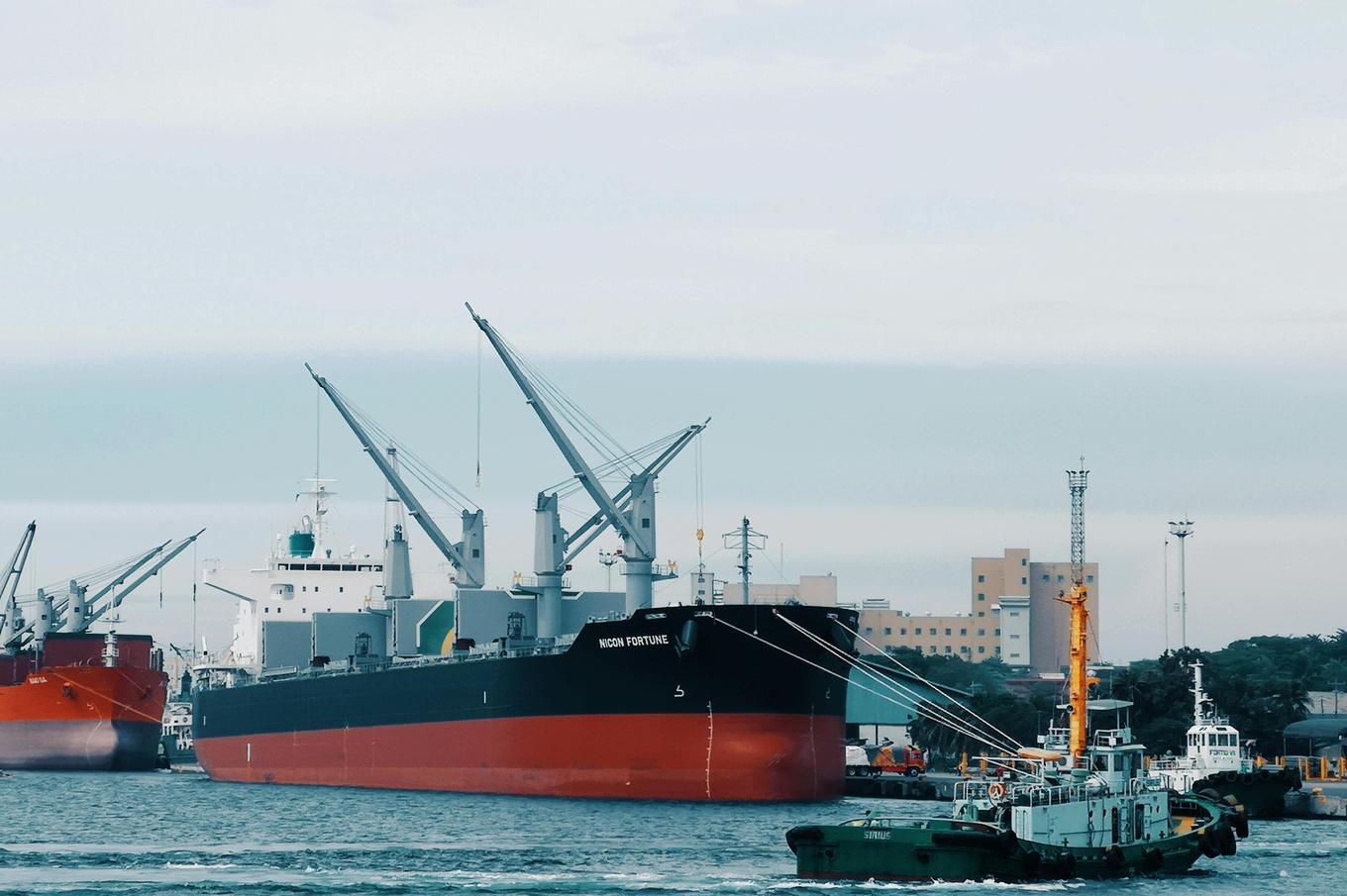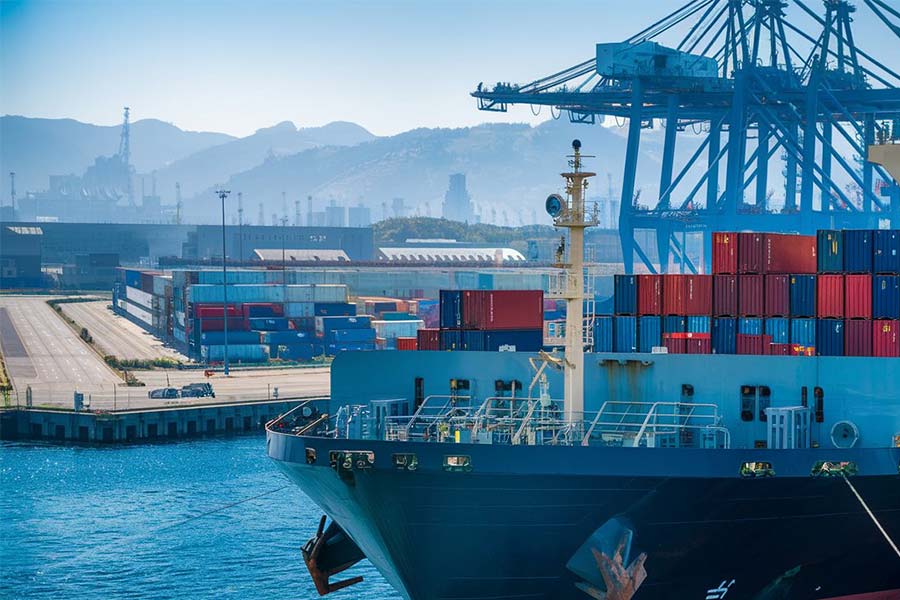- Shanghai Zhongshen International Trade Co., Ltd. - Two decades of trade agency expertise.
- Service Hotline: 139 1787 2118
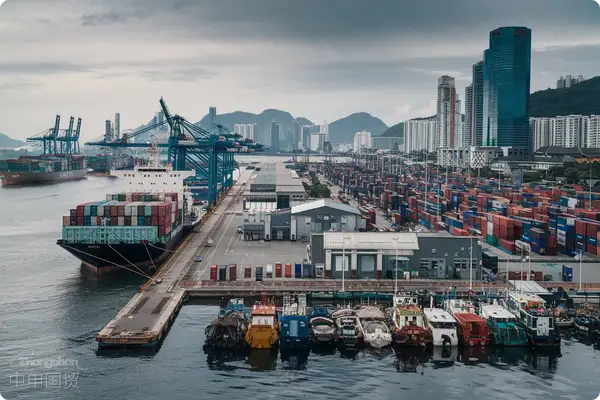
Mechanical Monster Customs Clearance: In-depth Analysis of the Complete Import Process
Latest statistics from the General Administration of Customs in 2025 show that the error rate in machinery equipment import declarations reaches 23.7%, with 72% of disputes arising from companies neglecting process details. This article will break down the complete import chain to help you solve declaration puzzles.
Three-stage breakdown of import process
- Contract phase pitfalls
- Trade term selection: Responsibility differences between CIF and DDP
- Technical parameter agreements: Impact on customs HS code confirmation
- Transportation phase blind spots
- Oversized equipment transportation filing timeline (reduced to 5 working days in 2025)
- Compliance verification of IPPC marks on wooden packaging
- Customs clearance phase minefields
- Declaration element completeness checklist (9 essential items)
- Path to obtaining pre-shipment inspection certificates for used equipment
Analysis of six major hidden risk points
A case study: An automotive manufacturer overpaid 870,000 yuan in tariffs when importing German stamping equipment in 2025 due to incorrect tariff classification. This typical case reveals the following risks:
- Tariff classification traps: Functional proportion determination for multi-purpose equipment
- It is recommended to verify through the following methods:Blind spots: Application of accumulation rules under RCEP agreement
- Royalty payment declarations: Tax treatment of technology royalty fees
- Equipment status determination: Definition standards between refurbished parts and used parts
- customs valuation disputesDetermination of Transaction Price Influenced by Special Relationships
- Inspection and Quarantine DelaysSafety Access Certification Cycle for Pressure Vessels
Customs Clearance Practical Response Techniques
- Golden Rules for Document Preparation
- Essential Elements of Proforma Invoice: Must Include Equipment Serial Numbers and Technical Parameters
- Certification Requirements for Translated Original Manufacturer Manuals
- Handling Customs Valuation Disputes
- Price Negotiation Document Checklist (3 Additional Proof Materials Added in 2025)
- Evidence Methods for Legitimate Reasons to Reject Price Queries
Four-Dimensional Criteria for Agent Service Provider Selection
- Qualification Verification MatrixAEO Certification + Mechanical and Electrical Product Import License
- Customs Clearance Network CoverageLocalized Service Teams at Major Ports
- Emergency handling capacityDemurrage Fee Control Standards (30% Better Than Industry Average)
- Industry experience levelCase Database for Specific Equipment Types (Recommended to Provide Customs Clearance Records of Similar Equipment in Recent 2 Years)
Analysis of practical cases
A certainphotovoltaicWhen Importing Polysilicon Casting Furnaces, the Agent Company Saved 21% of Customs Clearance Costs Through the Following Measures:
- Applying Preferential Tax Rates Using Classification Difference Rules
- Completing Special Equipment Registration for Pressure Vessels in Advance
- Establishing Itemized Price Descriptions to Respond to Valuation Queries
- Coordinating Port Priority Handling for Oversized Equipment Unloading
Related Recommendations
Category case
Get in Touch
Email: service@sh-zhongshen.com
Related Recommendations
Contact via WeChat

? 2025. All Rights Reserved. Shanghai ICP No. 2023007705-2  PSB Record: Shanghai No.31011502009912
PSB Record: Shanghai No.31011502009912
